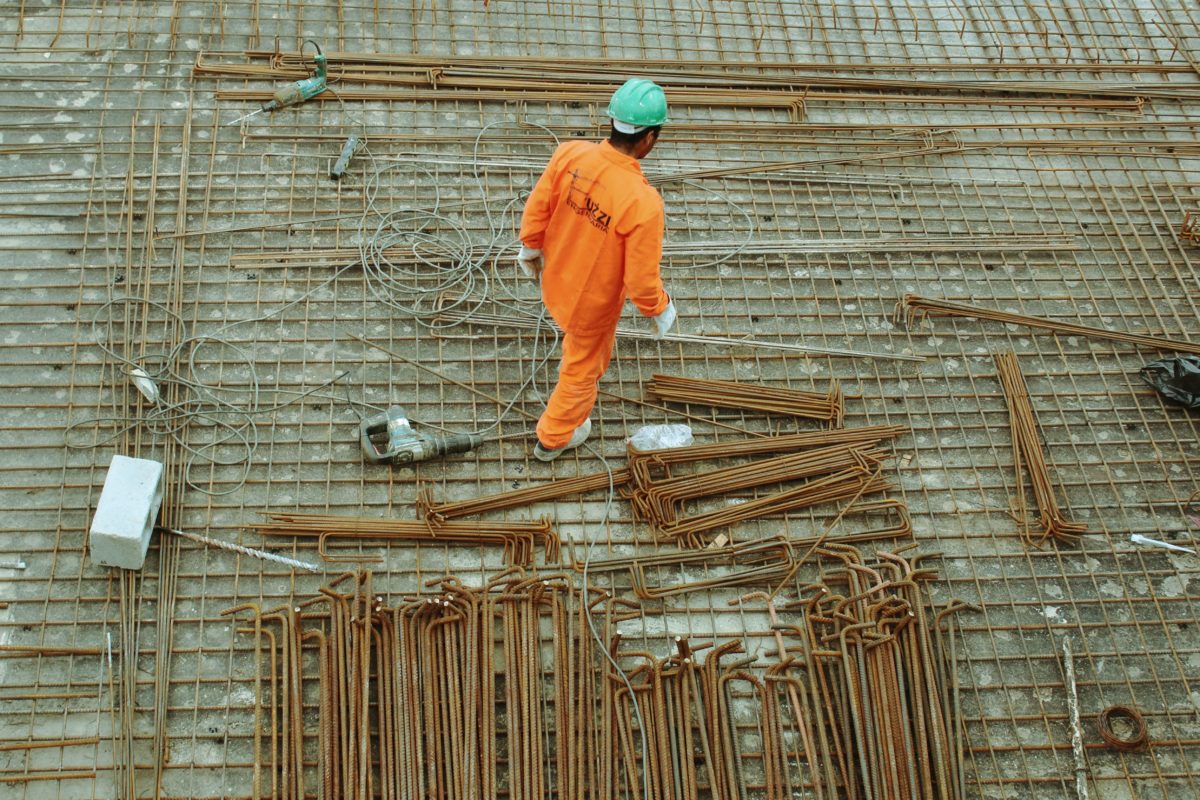It is impossible to escape experiencing extreme weather conditions. It is crucial to consider how we can keep building our infrastructure to withstand extreme events as climate change worsens year after year. There are many things we can do to protect ourselves against natural disasters, but it seems that steel construction is one of them, even as Mother Nature unleashes her darkest manifestations.
Disaster-Resistant Features of Structural Steel
Commercial-grade steel, to begin with, has the best strength-to-weight ratio among conventional building materials. We also know that the steel sector is making significant efforts to reduce emissions and go greener than ever. Therefore it’s not surprise that steel is the top material builders are looking at to protect structures against natural disasters like hurricanes, earthquakes, and wildfires.
Earthquakes: To stop earthquake damage, it will be essential to have sturdy steel foundations that can support a building in motion.
Wildfires: Since steel is non-combustible, it won’t catch fire or spread flames, minimising damage.
Floods: To prevent flooding, steel constructions need insulation. Steel also prevents corrosion from moisture, protecting the structure of walls, windows, and doors. Hurricanes and tornadoes: Due to the high winds produced by hurricanes and tornadoes, steel roof systems support the building’s corners and prevent the top from flying off during a storm.
For it to be a good material for a construction project, fire-resistant stainless steel materials need to satisfy a variety of harsh circumstances. Stainless steel pipes and tubes are exceptional in that they can maintain their weight, have a high level of fire resistance, and have a protracted service life. These assets become crucial for ensuring that homes are secure and that strategies for disaster prevention are put in place.
In addition, steel’s resistance to fire enables customers to pay less for insurance. Even if lightning strikes a roof, the electricity will spread across the roof and go in the direction of the walls. Buildings are thus made safer by these additional layers of security.
Nevertheless, It Doesn’t Break
Steel is a flexible substance that can alter its colour, texture, and pattern to blend with various surfaces. Steel is also ductile. This means that while an earthquake or other force may cause it to bend, it won’t break, crumble, or crack. For instance, a steel-framed structure could shield its occupants from being buried by falling debris.
Lightweight and Very Sturdy
Steel’s durability is one of its main advantages. While being a sturdy substance, steel is nonetheless quite light. This provides engineers and architects a distinct advantage and encourages creative freedom. Without having to worry about the added weight or pressure that other conventional construction materials have, it is simpler to design safe buildings.
Steel has consistently shown to be a reliable and safe material, even under tumultuous and extreme settings. After a natural disaster, the buildings with steel frames and superstructure are typically the ones that survive.
There is no doubt that steel continues to position itself as a possible all-around construction material that is adaptable, efficient, secure, and sustainable, even though natural disasters will continue to occur and most likely get worse.

